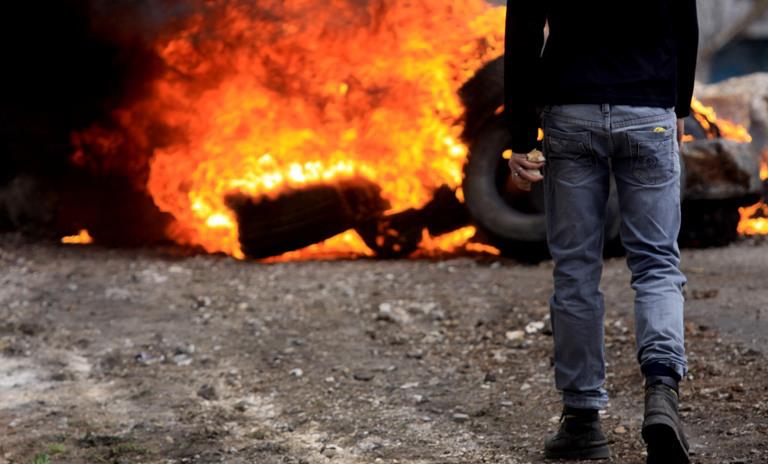Tag: Demonstration
-
Protests spread to every city for hunger striking prisoners
22 February 2013 | International Solidarity Movement, Occupied West Bank, Palestine Palestinians demanding the release of all political prisoners and especially hunger-striking prisoners confront the Israeli army through out the West Bank and east Jerusalem on Friday. The Huwwara checkpoint near Nablus saw around 300 people protesting, in solidarity with the hunger strikers. There were…
-
Al-Manatir three, have been released
14 February 2013| International Solidarity Movement, Burin, Occupied Palestine Waheeb, Ashraf and Diaa were released on the 14th of February 2013 after spending 12 days in an Israeli prison following the al-Manatir protest village in Burin. During the al-Manatir action, the 3 Palestinian activists were detained by the Israeli military and then arrested by the…
-
Clashes in Huwarra after demonstration against Israeli administrative detention
By Team Nablus 18 February 2013 | International Solidarity Movement, Huwarra, Occupied Palestine Four people , including one eleven year old boy, were arrested today during clashes between Israeli Soldiers and Palestinian Youth (Shebab). At least one person was taken away from the scene in an ambulance. The Israeli Army used tear gas and sound…

